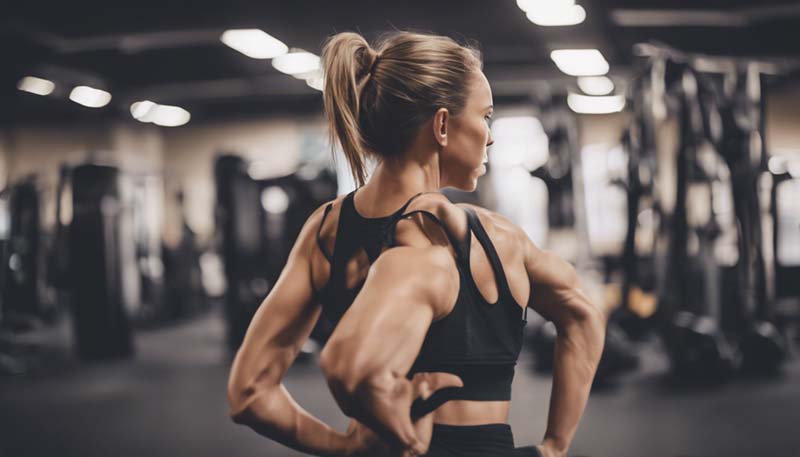The Top 5 Exercises for a Fitness Plan Tailored to Individuals with Anxiety and Depression**
Anxiety and depression are two of the most common mental health conditions that can have a significant impact on an individual\'s overall well-being. While there is no one-size-fits-all solution to managing these conditions, exercise has been shown to be an effective tool for reducing symptoms and improving mood.
In this article, we will explore the top 5 exercises for a fitness plan tailored to individuals with anxiety and depression. These exercises have been chosen based on their ability to reduce stress, improve mood, increase energy levels, and promote overall well-being.
1. **Yoga**
Yoga is a holistic exercise that combines physical postures, breathing exercises, and meditation to promote relaxation and stress reduction. It has been shown to be particularly effective for individuals with anxiety and depression.
One of the benefits of yoga is that it can be practiced at home without any special equipment. There are many online resources and videos available that can guide you through a yoga practice tailored to your needs.
When practicing yoga, it\'s important to focus on your breath and move at your own pace. Start with gentle stretches and gradually work your way up to more challenging poses as your confidence and flexibility improve.
Advertisement
2. **Walking**
Walking is a simple and accessible exercise that can be done anywhere, at any time. It\'s a low-impact activity that can help to reduce stress, improve mood, and increase energy levels.
One of the benefits of walking is that it\'s easy to incorporate into your daily routine. You can take a walk during your lunch break, after dinner, or even during a phone call. Aim for at least 30 minutes of brisk walking each day to reap the benefits.
When walking, focus on your breath and the sensation of your feet hitting the ground. This can help to ground you in the present moment and reduce feelings of anxiety and depression.
3. **Swimming**
Swimming is a full-body workout that can help to improve cardiovascular fitness, build strength, and increase flexibility. It\'s also a low-impact exercise that can be gentle on the joints, making it a great option for individuals with joint pain or arthritis.
Swimming can also be a calming and meditative exercise. The rhythmic motion of the water can help to reduce stress and anxiety, while the physical exertion can help to increase endorphins and improve mood.
When swimming, try to focus on your breath and the sensation of the water against your skin. This can help to promote relaxation and reduce feelings of anxiety and depression.
4. **Tai Chi**
Tai Chi is a gentle form of martial arts that combines slow, flowing movements with deep breathing and meditation. It\'s been shown to be particularly effective for reducing symptoms of anxiety and depression.
One of the benefits of Tai Chi is that it can be practiced by individuals of all ages and fitness levels. It\'s a low-impact exercise that can help to improve balance, flexibility, and strength.
When practicing Tai Chi, focus on your breath and the flow of your movements. This can help to promote relaxation and reduce feelings of anxiety and depression.
5. **Strength Training**
Strength training can help to build muscle, increase bone density, and improve overall fitness. It\'s also been shown to be effective for reducing symptoms of anxiety and depression.
When strength training, it\'s important to start with lighter weights and gradually increase the intensity as your strength and confidence improve. Focus on proper form and technique to avoid injury.
One of the benefits of strength training is that it can provide a sense of accomplishment and boost self-esteem. As you become stronger and more capable, you may find that your confidence and mood improve as well.

In conclusion, exercise can be a powerful tool for managing anxiety and depression. By incorporating the top 5 exercises into a fitness plan tailored to your needs, you can reduce stress, improve mood, increase energy levels, and promote overall well-being. Remember to start slow, listen to your body, and seek guidance from a healthcare professional if needed.
Comment